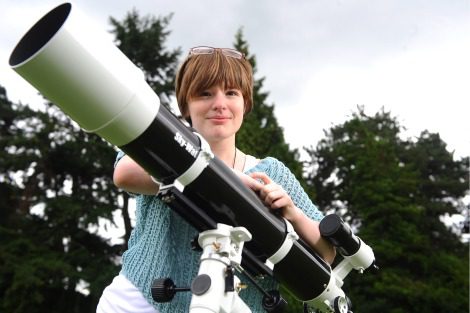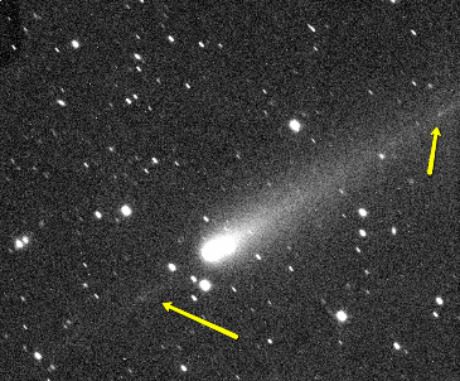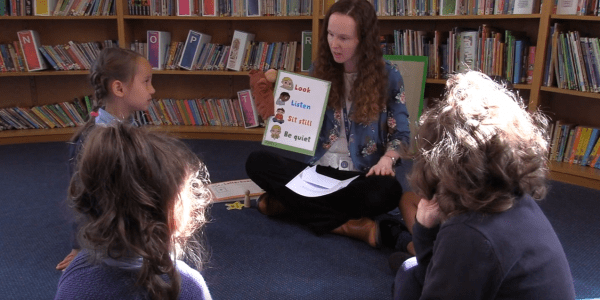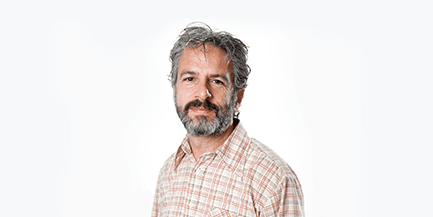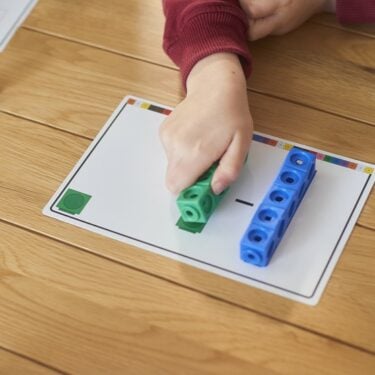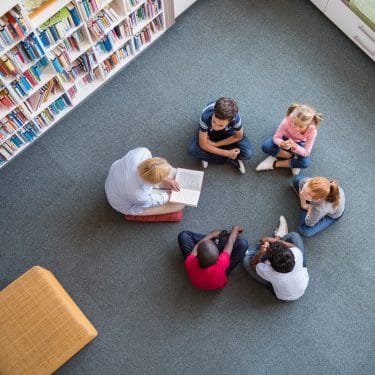
05/09/11
3 min read
Nuffield Science Bursary student Hannah Blyth helped astronomers discover over 20 new asteroids and a comet in the process of breaking up while on her summer placement at the University of Glamorgan.
One of the asteroids, which is more than 300 million miles away, may be named Hannahblyth following verification from the Minor Planet Centre at Harvard University.
The “broken comet” was spotted in images taken by 18-year-old Hannah from St John’s College, Cardiff, whilst working on her Nuffield Science Bursary project at the Faulkes Telescope Project at Glamorgan. Hannah was imaging Comet 213P Van Ness as part of a project being coordinated by UK astronomer Nick Howes, and two of the world’s leading comet and asteroid imagers, Italians Giovanni Sostero and Ernesto Guido.
For the second time in just over a year, observations involving Howes and the Faulkes team have detected the fragmentation of a comet nucleus.
Comets are giant ice balls, usually found at the very outer edges of our Solar system. If they are dislodged from their distant orbits and fall towards the Sun, they can develop enormous tails of dust and ice particles. Sometimes, the main ice ball (nucleus) of the comet can fragment, leading to huge chunks of icy material.
“As soon as we saw the images, we knew something had kicked off in the comet’s tail” said Nick, “We were frantically communicating with each other over Twitter, e-mail and Facebook, just staggered with the huge fragment we were seeing drifting back along the comet’s tail.”
“It’s amazing to be involved in something like this.”
Initially the team were working on studying two new asteroids they had picked up less than 30 minutes before Hannah started imaging the comet. But the discovery that the comet was fragmenting made them drop even that exciting news to focus on studying this uncommon event.
“It’s amazing to be involved in something like this. I was busy carrying out observations for Nick and almost cut short the sequence of images of this particular comet as he had sent me another target to look at – I’m glad I didn’t change my plans!” said Hannah.
“This project, which we decided to squeeze in to the normally quiet summer months when the telescopes are not being used by schools, has been an amazing success”, says Dr Paul Roche, the award leader for Glamorgan’s BSc (Hons) Observational Astronomy and Space Ambassador for Wales, “We had hoped to find maybe 1 or 2 new asteroids, but Nick, Giovanni and Ernesto have turned up far more than that already, and Hannah’s observations of the comet fragmentation are really the icing on the cake.”
Pilot project to use Faulkes Telescopes
This latest result comes as part of an extraordinarily successful pilot project to use the Faulkes Telescopes to try and discover new asteroids (rocky debris, left over from the formation of the solar system). Howes and his team have discovered an amazing 23 new asteroids in the past month alone. The team are now urgently working on follow-up observations of the comet, and have filed their data with the Harvard Minor Planet Centre for further analysis.
“This discovery again shows that amateur astronomers, and school students, can make a huge contribution to real scientific discovery” added Nick.
As well as the asteroid and comet research projects, the Faulkes Telescopes have also been used in recent weeks by comedian Dara O’Briain and The One Show’s resident astronomer, Mark Thompson. They will return to the regular schools programme once term starts in early September, allowing even more students to help make real discoveries as part of their science studies.
The Faulkes Telescope Project is based at the University of Glamorgan, and has access to two 2-metre remotely-controlled telescopes located in Hawaii and Australia, which are managed by the LCOGT network in Santa Barbara, USA.
About Nuffield Science Bursaries
We award bursaries of £80 a week to support students carrying out research projects in science, technology, engineering and maths (STEM). Post-16 students interested in a STEM career spend 4-6 weeks during the summer holidays working alongside professional scientists, engineers and mathematicians on an independent project.
Many Nuffield students go on to present their work and win prizes at regional, national and international science fairs. Find out more on the Nuffield Research Placements page.
